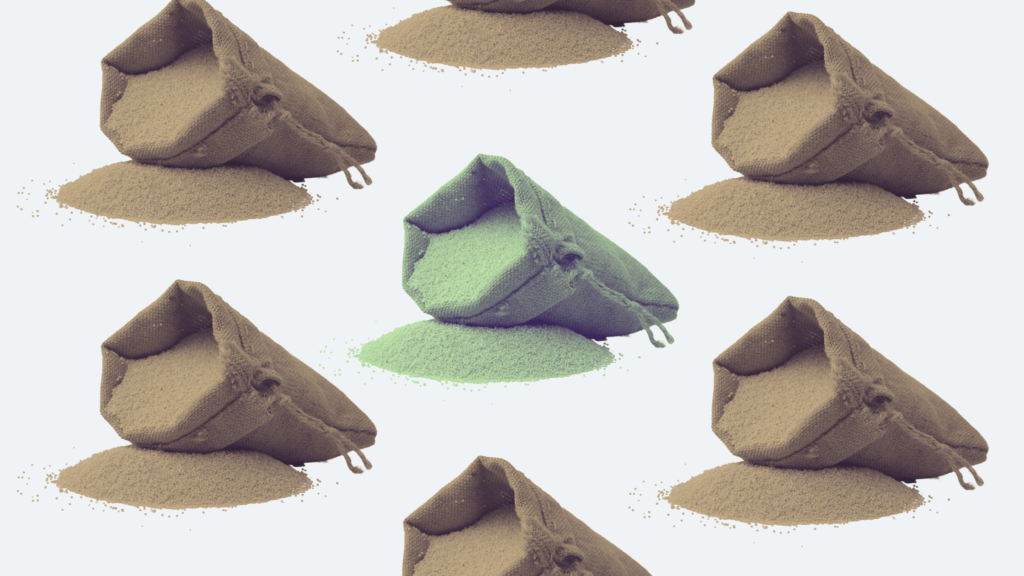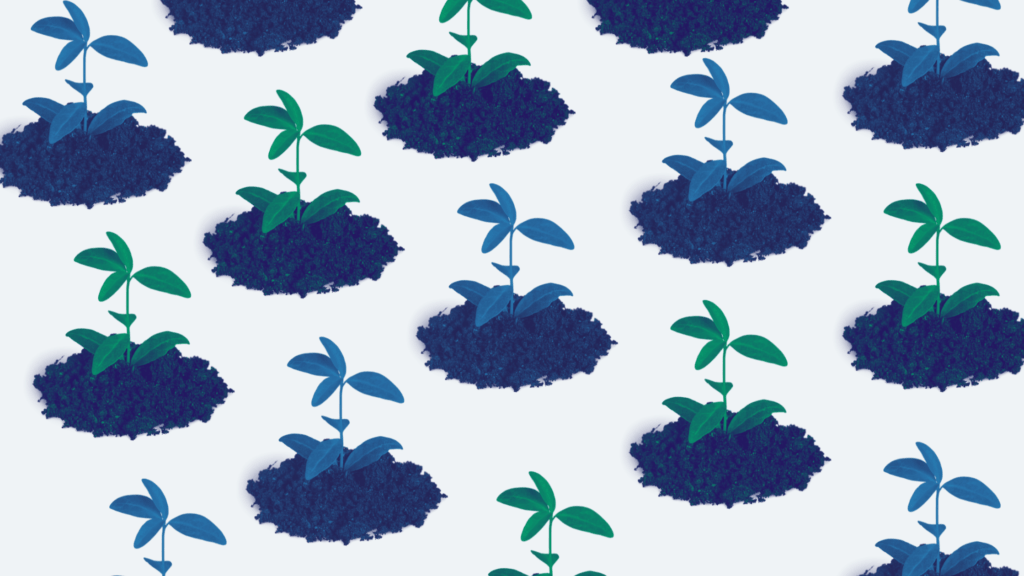The Government of India, in 2021, embarked on the ‘Millet Mission’ as part of its association with the United Nations World Food Program. The UNGA’s resolution recognizing 2023 as the International Year of Millets has catapulted the grain family into limelight. The grains are being recognized globally as a viable solution to Global malnutrition. The push for the food grains from the Indian state in the backdrop of the resolution is also a part of the state’s larger push to “de-risk the global economy”. Millets have been a staple in the Indian diet. They are prevalent all over the subcontinent in various forms depending on the geographical conditions. This has resulted in the food grains being crucial components of indigenous food recipes of Indian households. Further, the gradual and natural evolution of millets in the various parts of the subcontinent has also ensured that the grain presents the nutritional component best suited for the climatic conditions of the location. The Millets, however, were slowly replaced by Wheat and Rice. Due to food shortages in pre-independence and post-Independence India, the state promoted wheat and rice as the mainstream staple, making the availability of these grains in abundance. The government incentivization of wheat and rice had a significant impact on the food consumption patterns, leading us to believe that macro-policies have a major impact on dietary habits, and hence nutritional quotient, of people. The return to millets signifies that the government has recognised several interests: of small land-holding farmers who often grow these crops, of the populace that needs more dietary fibre and variety in their staples, and of the food industry that is adapting to the new consumption trends.
Need to Include Millet Diets in Indian Staples
The nutritional content in the human diet is critical to the species’ wellbeing and metabolism. Millets in comparison to the major staple cereals in India today (rice and wheat) are significantly better off in terms of the nutrition they provide. This is the result of the inadvertent neglect of the food grain during the green revolution in India, which resulted in the grain family retaining its natural evolutionary properties that are suited for consumption in certain geographical locations. The natural diversity within the crop family was therefore unintentionally but fortunately preserved. This also ensured that millets did not become overly dependent on fertilizers and rather retained its low input property; this, in turn, has resulted in the increased popularity of the crops today. The immense nutritional value combined with the significantly low cost of production makes it a very attractive candidate to help address malnutrition in developing and under-developed parts of the world.
While the push by the Indian state combined with the global push for recognition of millets as a viable addition to the staple diet has helped the case for the grains, advantages of the same are yet to reach the intended populace. A recent study conducted by the Frontiers in Sustainable Food Systems shows that most of the people in the urban areas of India consuming the food grains do so with the intent to address their health problems, lose weight or for the affinity to its taste. (Kane-Potaka et al.) Furthermore, the continued dominance of rice and wheat in the national Public Distribution System is reflective of a policy lag to promote variation in diet. The PDS system provides an incredible opportunity to directly impact the food platter of the country and should be utilized as a tool for nutritional strengthening of the country without any delay. The quantity of such grains procured under the central pool for PDS under the National Food Safety Act has been abysmally low in comparison to the other major crops. “The latest data on stocks with the Food Corporation of India (FCI) show only 2.64 lakh metric tonnes (LMT) of coarse grain was available in the Central Pool on November 1, 2022. In comparison, the stocks of rice, wheat, and unmilled paddy were 265.97 LMT, 210.46 LMT, and 263.70 LMT respectively.” (“Why India’s Push for Millets Is yet to Gain Widespread Traction”) The lag however cannot be entirely attributed to the functioning of the PDS system alone, but is the result of the unhealthy cropping pattern that was a direct consequence of the Green Revolution. While introduced and implemented with the noble intentions of alleviating hunger and addressing food shortages in the country, the lack of a sound exit strategy to the revolution has today created immense ecological stress to the subcontinent in addition to dispossessing the Indian food platter of crucial nutritional components. Today less than 10% of the Indian households consume millets according to the latest NSSO household consumption expenditure survey (“Why India’s Push for Millets Is yet to Gain Widespread Traction”).
Conclusion
The recent push by the Indian state for increasing production, popularity and consumption of coarse grains like millets to address malnutrition, de-risk the global economy and emerge as a leader among fellow producers of coarse grains in the world, is a step in the right direction. However, the initiative must include the dual pronged approach of increasing the popularity of the food grains through state run public distribution schemes along with promoting the reach of the crops through the market, allowing market forces to take over its growth journey by re-introducing the essence of the farm laws and incentivising production and sale of coarse grains parallel to this. This dual pronged approach will be a perfect blend of government initiative and market interventions that will inherently create checks and balances to ensure a healthy and diverse palate.
References
Kane-Potaka, Joanna, et al. “Assessing Millets and Sorghum Consumption Behavior in Urban India: A Large-Scale Survey.” Frontiers, 29 June 2021, www.frontiersin.org/articles/10.3389/fsufs.2021.680777/full.
“Why India’s Push for Millets Is yet to Gain Widespread Traction.” The Indian Express, 25 Nov. 2022, indianexpress.com/article/explained/the-story-of-millets-8290331.
“Why India’s Push for Millets Is yet to Gain Widespread Traction.” The Indian Express, 25 Nov. 2022, indianexpress.com/article/explained/the-story-of-millets-8290331.



